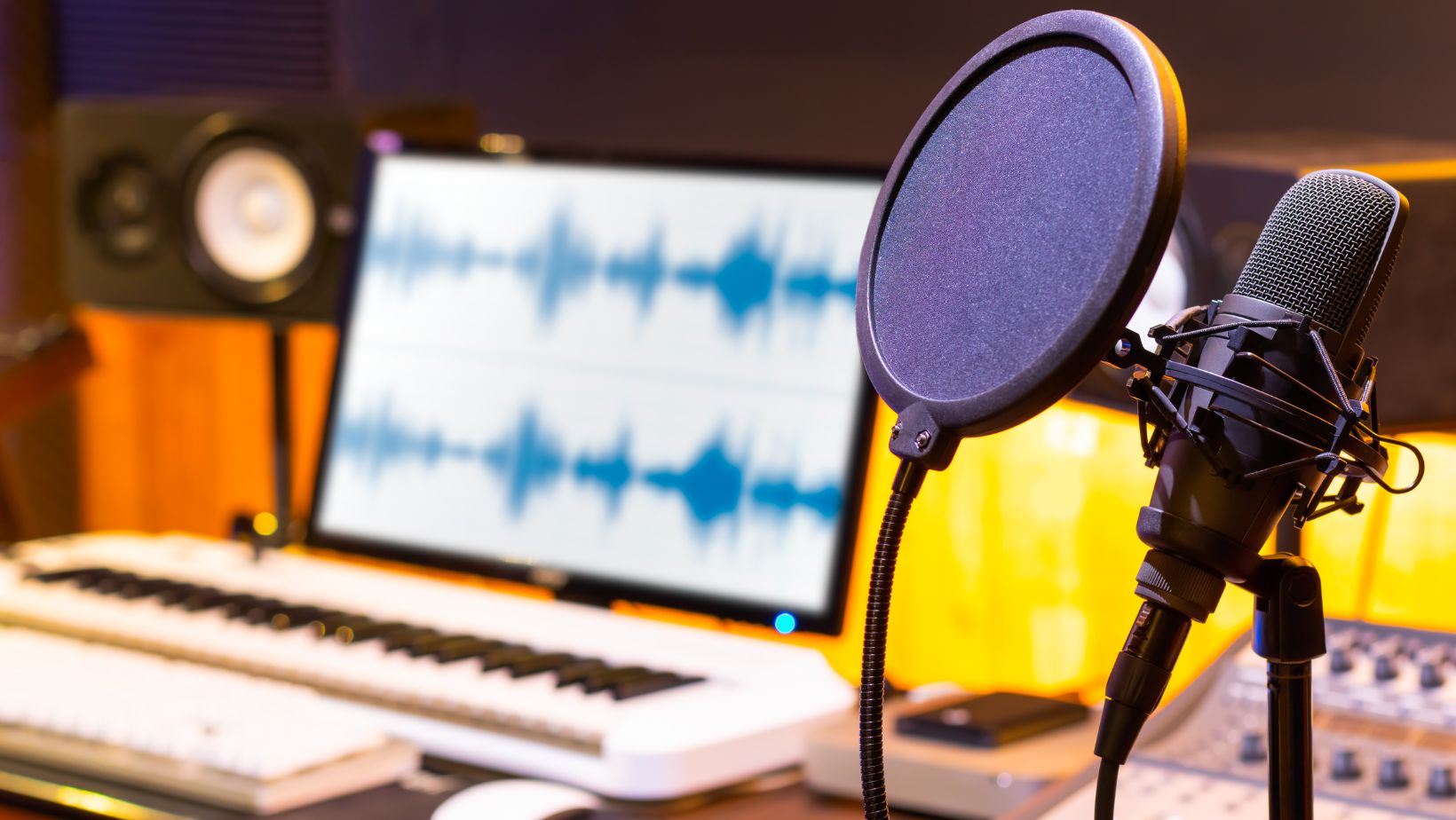Table of Contents
ToggleHow To Mirror In Illustrator
If you’re looking to learn how to mirror in Illustrator, you’ve come to the right place! Mirroring is an essential technique that allows you to create symmetrical designs and artwork effortlessly. In this article, I’ll guide you through the step-by-step process of mirroring objects, shapes, and text in Adobe Illustrator.
To begin mirroring in Illustrator, start by selecting the object or group of objects that you want to mirror. Then, navigate to the “Object” menu at the top of your screen and choose “Transform.” From the dropdown menu, select “Reflect” or press “O” on your keyboard as a shortcut. A dialog box will appear, giving you options for how you want to reflect your selected item.
In this tutorial, we’ll explore two common reflection methods: vertical and horizontal. Depending on your design needs, choose either option and click “OK.” Voila! Your object is now mirrored. Feel free to experiment with different selections and adjustments to achieve the desired effect.
By mastering the art of mirroring in Illustrator, you’ll have an invaluable tool at your disposal for creating stunning symmetrical designs. So let’s dive in together and unlock new creative possibilities with this powerful feature!

Setting up Your Artboard for Mirroring
When it comes to mirroring in Illustrator, one of the first steps is setting up your artboard correctly. This ensures that your mirrored artwork is symmetrical and well-aligned. Here are a few key points to consider:
- Artboard Size: Start by determining the size of your artboard. Consider the dimensions of the final output you have in mind, whether it’s for print or digital purposes. Ensure that the width and height of your artboard are suitable for accommodating both the original artwork and its mirrored counterpart.
- Center Alignment: To achieve perfect symmetry, it’s important to align your artwork along the center axis of your artboard. You can do this by selecting your entire artwork and using the Align panel or options under the Object menu to align both horizontally and vertically.
- Guides and Grids: Utilizing guides and grids can be extremely helpful when setting up a mirrored design. They provide visual references to ensure accurate alignment and proportions. By enabling Smart Guides (View > Smart Guides), you can easily snap objects to specific points or paths on your artboard, making it easier to create precise mirror effects.
- Grouping Elements: Before creating a mirror effect, consider grouping all elements that need to be mirrored together as a single object or group. This helps maintain consistency during the mirroring process while keeping related components organized within one unit.
- Mirror Tool: Illustrator offers various methods for mirroring artwork, including using tools like Reflect Tool (O) or Transform Effect (Effect > Distort & Transform > Transform). Experiment with these tools based on your specific needs and preferences.
Remember, proper setup of your artboard is crucial when working with mirroring techniques in Illustrator. Taking the time to align elements accurately will result in visually pleasing symmetrical designs that make an impact.
Stay tuned for more tips on mastering mirroring techniques in Illustrator as we delve deeper into this exciting topic.






